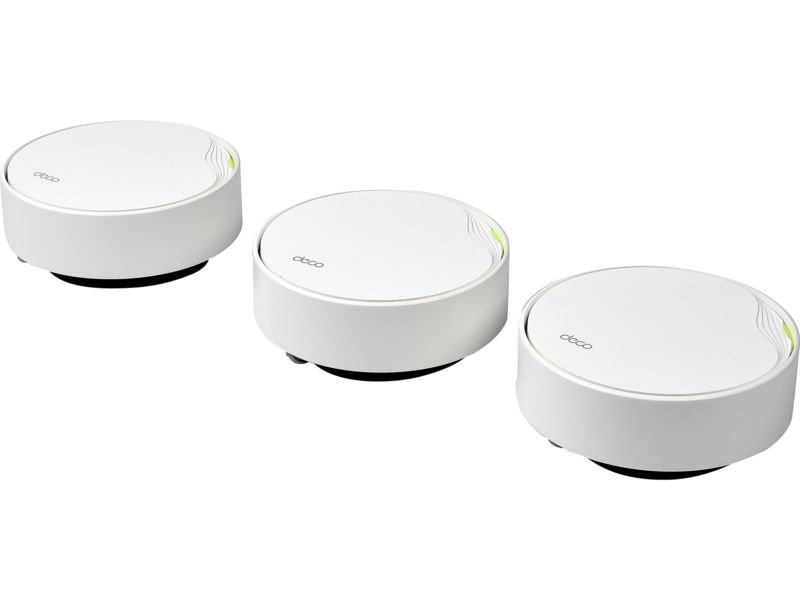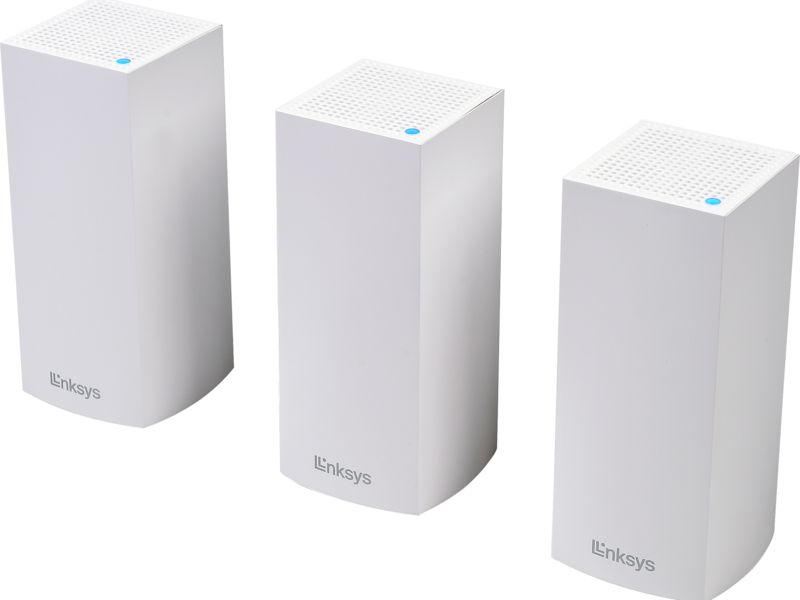How to extend your wi-fi

It’s frustrating when your home wi-fi drops, with connectivity coming and going on a whim. Wireless black spots or dropouts can be caused by many different factors, such as your home’s infrastructure causing interference, a faulty router, or even just thick walls. But, a good wi-fi connection doesn’t have to be elusive.
A better home wi-fi network means you can access the web throughout your home. Webpages will load quickly whether you're upstairs or downstairs, and YouTube and Netflix videos will stream smoothly even if you're watching in bed, far away from your main wi-fi router.
But, before you spend hard-earned cash on a new router or an expensive wi-fi system, it might be worth considering other options to rectify weak wi-fi coverage. You can make simple adjustments to your existing kit. If you're willing to spend, then we explain the various types of equipment you can buy for boosting your wi-fi to carry the signal throughout your home.
Find more solutions to common broadband problems with our guide on how to fix bad broadband.
Get the most from your existing router
Before shelling out for a replacement router or other equipment, see what you can do to improve your existing one. You’ll get the best wi-fi coverage in your home if you’re able to place your router somewhere central in your home, out in the open. While you may be tempted to hide ugly-looking routers out of sight, it needs to be free of any obstructions.
Be aware that a lot of things can impact the strength of the wireless signal: walls, doors, microwaves and cordless phones all have an effect. Even other wireless signals from nearby neighbours can impact performance on your wireless network.
Although your router transmits on a frequency band, such as 2.4GHz, it actually only uses a small slice of the frequency, called a channel. To ensure you receive the strongest wi-fi signal, we recommend using channels 1, 6 or 12, as they have no frequency overlap with each other.
To access these settings on your router, it’s different for every model, so check the router's manual to identify the specific steps you'll need to take. Generally, you need to connect to your router's address (printed in the manual, or on the label on the side/bottom of the router) and use the administrator login (also on the router label) to change these settings.
Find out what broadband speed you need and check your own internet speeds with our free broadband speed test.
Upgrade your router
If you're consistently getting bad broadband speeds, or if you keep hitting connection problems, then an old or faulty router could be to blame. Technology moves on, and if you've been a customer with an internet service provider (ISP) for a long time, then newer customers may be getting better routers than the one you're stuck using.
Older routers, supplied by your broadband provider, may not have the wireless strength or range of newer models. For example, if you’ve recently bought a new laptop, it probably supports the newer wireless AC standard, while your router may only support the older wireless N standard. This means your router won’t deliver the faster wireless speeds and wider coverage that the newer wireless AC standard brings.
If that’s the case, it’s worth considering a new router. As a long-term customer, you may be able to phone your broadband provider for a free router upgrade. Additionally, you could also look at a third-party router, which can bring extra features and functionality that may not be available from a router supplied by the provider.
One caveat: watch out for contract extensions. If the customer service agent you're speaking to explains that you'll need to enter into a new 12-month or 18-month contract in order to get the router, be sure this is something you're comfortable with.
Alternatively, you could give up on ISP routers altogether, and invest in a high quality third-party router. These tend to be better suited to the technically confident, those who are happy to delve into settings and customise their networks.
To see the best routers we recommend, see our comprehensive wireless router reviews.
Set up a wi-fi extender
If your router is struggling to broadcast wi-fi to the far corners of your home, a wi-fi extender may be the answer.
Positioned correctly, a wi-fi extender will boost you router’s wireless signal, and a stronger signal means it will carry further throughout your home. The simplest and most affordable solution is called a wireless extender or repeater. They act as a relay to rebroadcast the wireless signal from your router to other devices in your home.
Alternatively, you can invest in a powerline adaptor. Powerline adaptors (also known as a HomePlug) are ideal for extending coverage to areas of your home where even wi-fi repeaters struggle to reach. Available in pairs, these devices work by using your home’s existing electrical wiring to transmit data. One goes near your router, the other goes in the part of your home that's been struggling to connect to the wi-fi.
However, if you’ve placed the adaptors in locations that use different electrical circuits within in your home, they may not be able to communicate with each other. They need to be on the same main electrical ring for the connection to carry.
Learn more in our full guide to wi-fi extenders and powerline adaptors.
Set up a wi-fi mesh network
If your home’s wi-fi network has dead spots throughout, then you might consider a wi-fi ‘mesh’ system. These systems work slightly different to a wi-fi extender or a powerline adaptor. They're not cheap, but they’re more powerful and surprisingly simple to set up and use.
A wi-fi system is available in a twin or triple pack – it's effectively a family of little 'hubs' that communicate between each other. It unifies your wi-fi connection across your home. If you were to walk throughout your home using the internet on your phone or tablet, you wouldn't even realise as the connection passed you from one hub to another. It would all feel like one seamless internet connection. The end result is greater coverage, faster speeds and a more reliable connection.
You might think that a wi-fi system is for advanced users or more technically savvy people, but this isn’t the case. These devices are designed to be easy to use on a day-to-day basis, with simple management via an associated mobile app. You can easily create a guest network, cut off wi-fi access to certain networks or test the quality between the various connection points.
For more details, see our guide on wi-fi systems and mesh networking.























